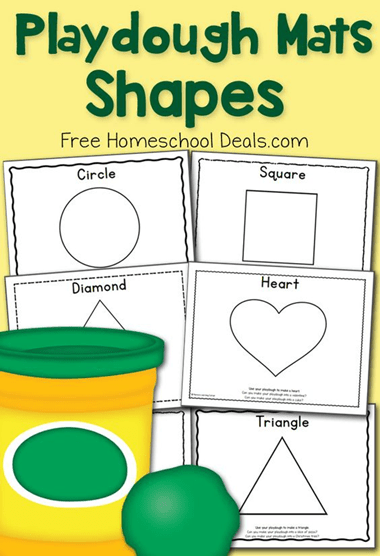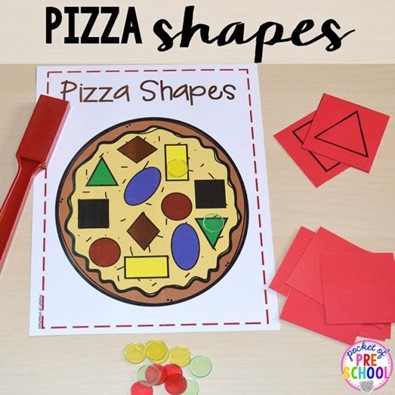Exploring Diverse Careers in Web Development
The field of web development is vast and dynamic, offering numerous career paths to choose from. The reward is a career where creativity, technology, and problem-solving intersect. Whether you aspire to design compelling websites, develop robust software applications, or innovate with new web technologies, the opportunities are also vast.
This guide aims to explore the various career paths within web development, detailing roles from front-end developers who bring designs to life, to back-end developers who make sure those applications run smoothly on servers. And then there are the full-stack developers who oversee both.
With the digital landscape constantly evolving, web development stands as a promising career choice for the future.
Website Design
A critical and creative role within web development is that of the website designer. Website designers are tasked with crafting the visual aspects and user experience (UX) of a website. They work within a vibrant creative atmosphere where technology is their paintbrush.
Web developers ensure that a site is not only aesthetically pleasing but also user-friendly and aligned with the brand’s identity. They use a mix of graphic design skills and knowledge of web development principles to create concepts that captivate and engage the site’s audience.
Custom website design offers an enriching learning opportunity for those keen on mastering the balance between aesthetic appeal and functional design, tailoring unique digital experiences. Collaborating closely with developers, they turn ideas into reality, playing a key role in the overall web development process.
Front-End Development
Front-end development is a key area that focuses primarily on the client-side aspect. This discipline involves creating and refining everything that users interact with directly in their web browsers, from the layout and design to the interactive features. Front-end developers must possess a deep understanding of HTML, CSS, and JavaScript, as these languages are the building blocks of web page creation.
They also need to be proficient in ensuring responsiveness and cross-browser compatibility, meaning that websites must work flawlessly across different devices and browsers. These developers are crucial in bringing website designs to life. The goal is not simply to make sites visually attractive but also ensuring they are intuitive, user-friendly, and accessible to all users, including those with disabilities.
Back-End Development
While front-end development focuses on what users see, back-end development is all about what goes on behind the scenes on the server side. This area deals with databases, scripting, and the overall architecture of websites. Those working within this area of expertise ensured that data flows correctly between the server, application, and database. Back-end developers use programming languages like Python, Ruby, Java, and PHP to create complex programs that process and store data.
Their work is essential for enabling the functionality that users expect from websites today, such as processing transactions, searching databases, and securely storing user information. Back-end developers must understand how to manage and query databases, implement security measures, and ensure that data processing is efficient and error-free.
Full-Stack Development
Full-stack developers are the Swiss Army knives of the web development world, equipped with skills in both front-end and back-end development. This unique position is suited for individuals who are driven by a comprehensive understanding of web development processes. They must enjoy the challenge of mastering the full spectrum of development activities.
These developers are capable of working on a project from conception to completion, handling everything from designing a user-friendly interface to ensuring the server-side functionality is robust and reliable. Additionally, their broad skill set includes knowledge of HTML, CSS, JavaScript, and one or more back-end languages. They require an understanding of database management, security considerations, and more.
Being proficient in the full-stack of web technologies makes these developers incredibly versatile. As valuable assets in the tech industry, they are capable of tackling a wide range of projects and often bridge the gap between technical teams.
UX/UI Design
UX/UI Design stands at the crossroads of technical skill and creative vision, focusing on optimizing the user experience (UX) and the user interface (UI) of digital products. If you choose the career path of a UX/UI designer, you’ll be tasked with making digital interactions as intuitive, efficient, and enjoyable as possible. They employ a user-centered design approach to meticulously plan and structure the user’s journey through a website or application. It’s important that they pay close attention to every touchpoint to ensure user satisfaction.
With a deep understanding of user behavior and preferences, combined with proficiency in design tools and principles, UX/UI designers craft aesthetically pleasing interfaces. These portals are not only aligned with the users’ needs but also enhance the overall usability and accessibility of digital products. Their role is vital in creating digital environments that engage and retain users, making them indispensable in the web development lifecycle.

Emerging Technologies and Specializations
The web development field is always at the forefront of new technologies, such as blockchain, artificial intelligence, and the Internet of Things (IoT). Developers with a passion for innovation can specialize in these emerging areas, working on cutting-edge projects that may define the future of the web. It’s ideal for those who are constantly curious, eager to learn, and willing to push the boundaries of what is possible with technology.
Web development opportunities for professionals are as diverse as they are promising:
From crafting beautiful and functional websites as a Website Designer to the intricate work of Back-End Development that keeps the digital world running smoothly, each role plays a pivotal part in the web development ecosystem.
And full-Stack Developers bridge the gap between the front and back ends, offering a holistic approach to building web applications.
Meanwhile, UX/UI Designers ensure that user interfaces are not only visually appealing but also user-centric and intuitive.
No matter what education route your choose, you’ll be part of a world of emerging technologies that continue to push the boundaries of what’s possible. This will open new avenues for specialization and innovation.
So, whether you’re drawn to the creative aspects of design – the logical challenges of programming – or the cutting-edge prospects of new tech, a career in web development is ripe with potential for growth, impact, and fulfilment.












